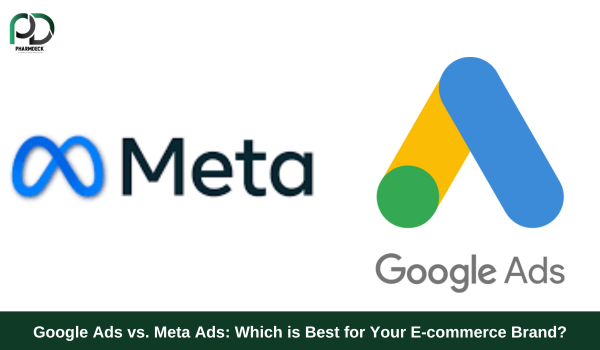
In today’s competitive travel market, running effective ads is about more than just showcasing beautiful destinations. It’s about telling a story that resonates, sparking wanderlust, and reaching the right audience at the right time. This blog walks you through the tailored steps we used to help a travel agency generate 300 high-quality leads for customized vacation packages—and how you can do it too!
Step 1: Captivate with an Unmissable Offer
An irresistible offer can make all the difference in grabbing attention. For our client, we created this exciting proposition:
“Save 20% on Your Dream Singapore Vacation! Limited Time Only!”
Here’s why it worked:
- The urgency of the limited-time offer encouraged immediate action.
- The value of a significant discount made it hard to resist.
- A focus on a popular destination like Singapore tapped into people’s travel aspirations.
Your offer doesn’t just sell a trip—it sells a dream. Ensure it’s clear, compelling, and aligns with what your audience truly wants.
Step 2: Find and Engage the Right Audience
Getting your ads in front of the right people is critical. We carefully targeted individuals most likely to convert:
- Travel Enthusiasts: People with interests in tropical vacations, adventure, and leisure activities.
- Destination-Specific Audience: Users who recently searched for Singapore or similar destinations.
- Lookalike Audiences: Leveraging existing customer data to find similar users who are likely to book.
This targeted approach ensured the ads reached people who were already inclined to plan a vacation, maximizing efficiency and ROI.
Step 3: Simplify Your Lead Generation Process
Nobody likes a complicated form. To keep things user-friendly, we designed a lead form with just three fields:
- Name
- Phone Number
- Preferred Travel Dates
Including travel dates added a personal touch, making leads feel more engaged and invested in the process. A simple and direct form is key to capturing more leads with fewer drop-offs.
Step 4: Build Connections Through WhatsApp
Once the leads were collected, we didn’t stop there. We used WhatsApp to:
- Provide quick responses to inquiries.
- Offer personalized trip planning assistance.
- Establish a one-on-one connection with potential customers, building trust and rapport.
This personalized approach turned casual interest into actionable bookings, setting the stage for long-term client relationships.
The Outcome: From Leads to Loyal Customers
With this comprehensive strategy, the travel agency achieved stellar results:
- 300 leads generated
- Cost per lead: ₹180
- 25% conversion rate into confirmed bookings
This streamlined approach translated into measurable success and happier customers, proving that strategic advertising works wonders.
Why Work with Pharmdeck to Grow Your Travel Business?
At Pharmdeck, we specialize in creating impactful marketing campaigns tailored to your travel agency’s goals. From eye-catching offers to targeted advertising, we handle it all to ensure your agency thrives.
Visit www.pharmdeck.com to learn more about how we can elevate your business.
Conclusion: Turn Clicks into Booked Vacations
Effective advertising is the key to standing out in the travel industry. By creating compelling offers, targeting the right audience, simplifying lead capture, and adding a personal touch through WhatsApp, you can transform interest into action and action into bookings.
Let Pharmdeck be your partner in success. Together, we can make your travel agency a go-to destination for wanderlust-driven travelers. Start your journey today—the world is waiting!



